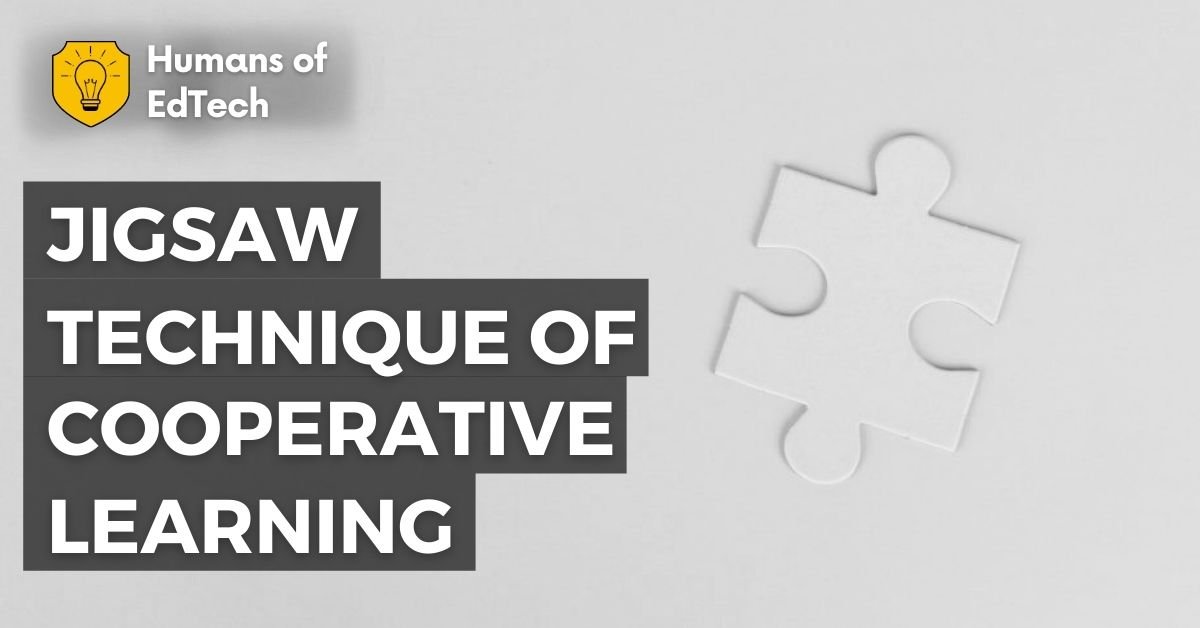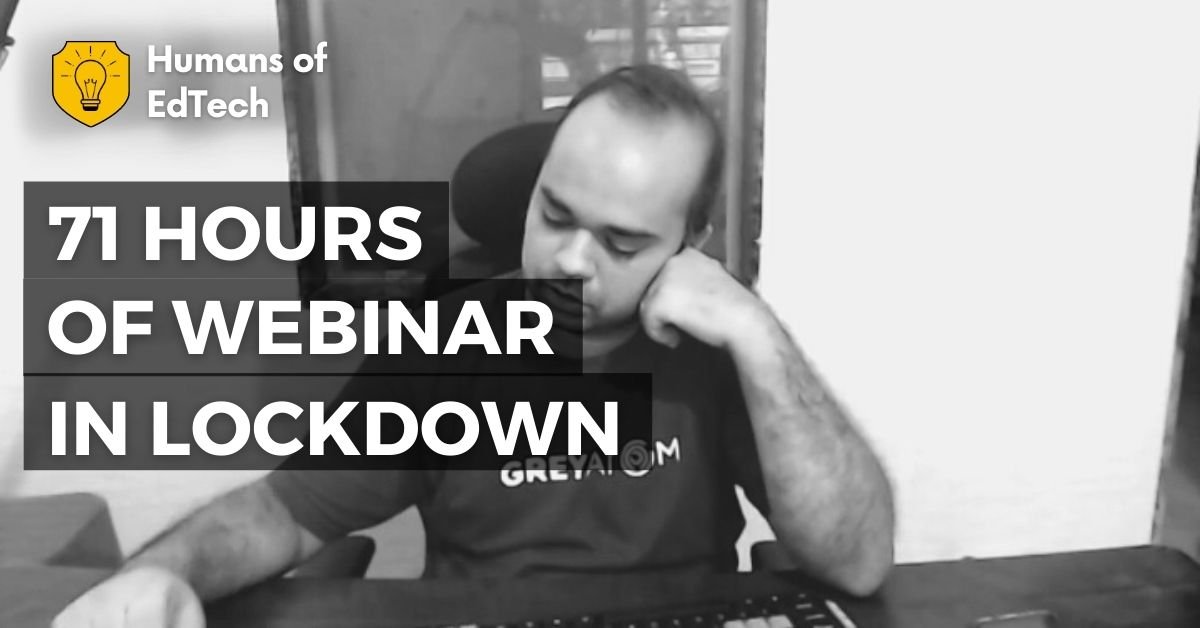Bhandarkar Oriental Research Institute has launched BharatVidya.in. I have subscribed and completed the 1st 7 sessions of the Sanskrit Course.
Pros –
- Good Production Quality of the Videos – Typically, lots of content creators do this in low-budget Green Screen-type videos. Videos are professionally shot. Instructors are appropriately dressed.
- Starts with absolute basics. Many Sanskrit courses start with an emphasis on spoken Sanskrit. This is targeted toward a more global audience. The course starts with vowels and consonants. It’s pronunciation and writing.
- Self-study is imbibed within the sessions and not left to the student.
- Revision is also within the video. Trust me, you need to watch it to understand.
- Hosted on Teachable. Good long-term decision. BORI chose to focus on content, delivery and outcomes (and NOT technology)
Cons –
- Paid Programmes need to have 1 or 2 free lectures. This will have people purchase the products more.
- Lecture duration has lots of variance. You have lectures from 17 mins to 83 mins. BORI should make a conscious decision to adopt a range of duration. Will lead to higher completion rates.
Suggestions –
- Open up the Course Comments feature on teachable. You can keep very relaxed SLAs for your TA/ RAs to reply.
Overall, This is a superb initiative. I wish BORI tons of success for this initiative.




